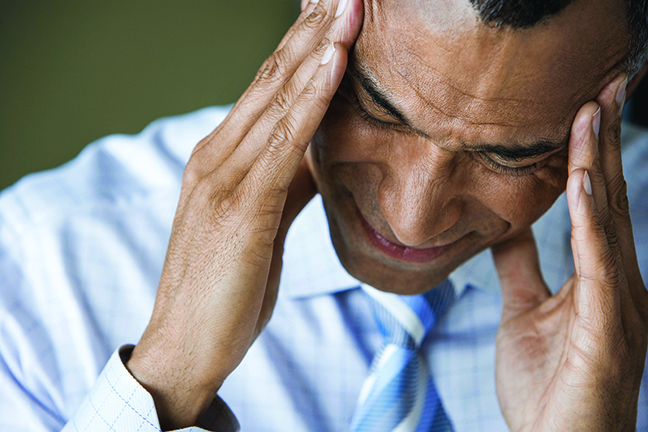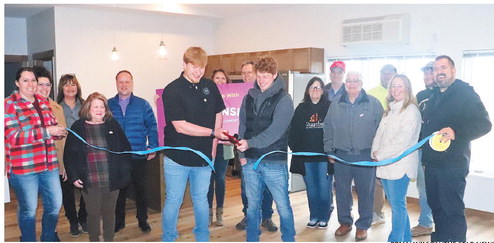What exactly is vertigo and how is it treated?


Having good balance is important for many daily activities. When balance is impaired, simple tasks, such as walking across a gravel driveway, going up or down the stairs, or even getting out of bed, can be extremely trying and sometimes, dangerous.
About 70 percent of the nation’s population will experience vertigo, dizziness or balance problems in their lifetime, making it a common issue. Vertigo is defined as the sensation of spinning or the environment moving around the body.
The balance system or vestibular system is made up of three different systems that work together, to keep someone upright: the visual system, the vestibular (inner ear) system and the proprioceptive (sensory nerves) system.
The brain receives information from these three systems, then the body responds, by engaging muscles and joints to make corrections in balance.
According to the National Library of Medicine, vestibular dysfunction most commonly occurs, because of inner ear problems, medicines, infections and traumatic brain injury. If impairments occur in any of these systems, balance may be affected.
Vertigo can be temporary or permanent, depending on the cause. Symptoms can range from barely noticeable to severe, lasting a few hours or days, to several weeks or even months, if untreated.
The most common cause of vertigo is Benign Paroxysmal Positional Vertigo (BPPV), remembered with the following acronym:
• Benign – non-life threatening.
• Paroxysmal – It comes and goes in short bursts of dizziness.
• Positional – it is dependent on head position.
• Vertigo – the sensation of spinning. BPPV occurs when debris from one part of the inner ear falls into one or more of the fluid-filled semi-circular canals in the inner ear, and causes an error signal that tells the brain that the head is moving, when it is not. Typically, the sensation of spinning lasts less than a minute, but people will complain of feeling off balance and nauseated, even after the sensation of spinning is gone.
Vertigo can happen at any age, but it is more common in people over the age of 65 and more common in women, than men. Sometimes, BPPV can be the result of a brain injury or concussion.
BPPV can be treated by physical therapists, doctors or occupational therapists, who have training in vestibular rehab. Research shows treatment is over 90 percent effective. Sometimes, exercises are used for home treatment.
If someone is experiencing vertigo, talk to a primary care provider, to determine if therapy is needed to decrease or eliminate dizziness.




